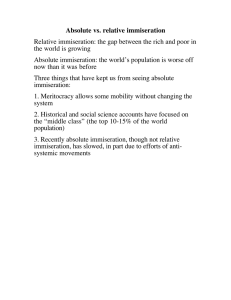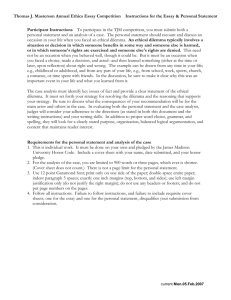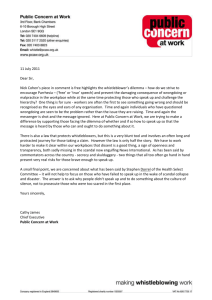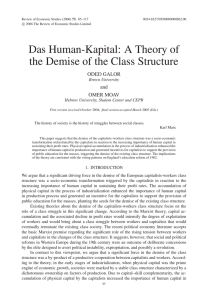Dilemmas of Capitalism Dilemma of Accumulation competition
advertisement
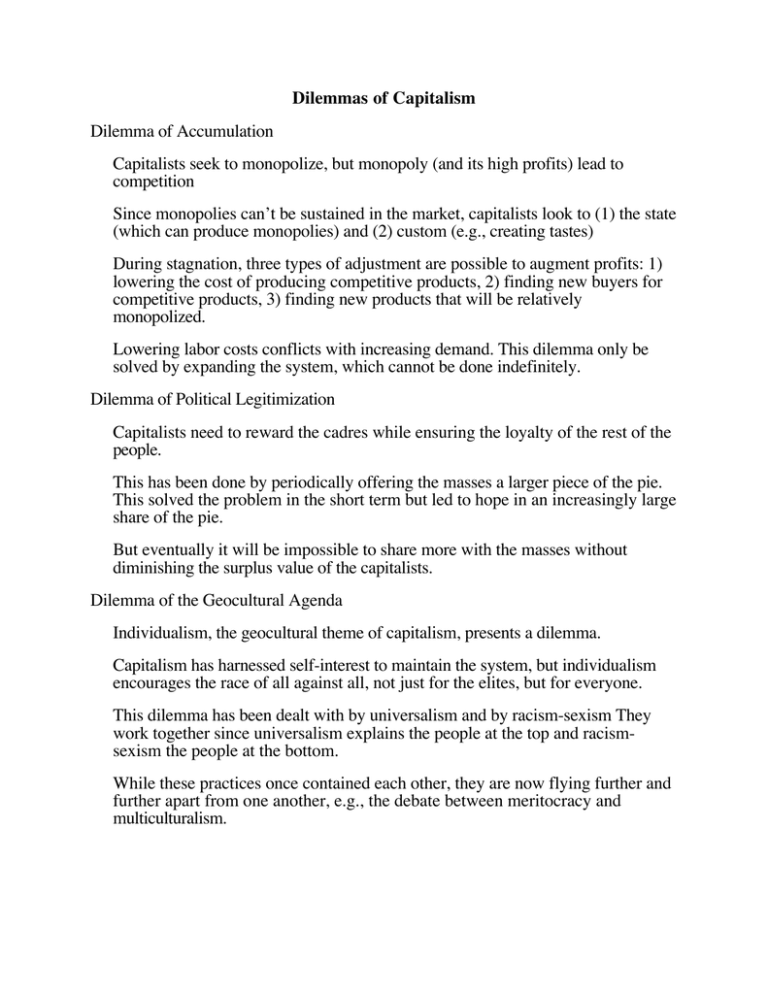
Dilemmas of Capitalism Dilemma of Accumulation Capitalists seek to monopolize, but monopoly (and its high profits) lead to competition Since monopolies can’t be sustained in the market, capitalists look to (1) the state (which can produce monopolies) and (2) custom (e.g., creating tastes) During stagnation, three types of adjustment are possible to augment profits: 1) lowering the cost of producing competitive products, 2) finding new buyers for competitive products, 3) finding new products that will be relatively monopolized. Lowering labor costs conflicts with increasing demand. This dilemma only be solved by expanding the system, which cannot be done indefinitely. Dilemma of Political Legitimization Capitalists need to reward the cadres while ensuring the loyalty of the rest of the people. This has been done by periodically offering the masses a larger piece of the pie. This solved the problem in the short term but led to hope in an increasingly large share of the pie. But eventually it will be impossible to share more with the masses without diminishing the surplus value of the capitalists. Dilemma of the Geocultural Agenda Individualism, the geocultural theme of capitalism, presents a dilemma. Capitalism has harnessed self-interest to maintain the system, but individualism encourages the race of all against all, not just for the elites, but for everyone. This dilemma has been dealt with by universalism and by racism-sexism They work together since universalism explains the people at the top and racismsexism the people at the bottom. While these practices once contained each other, they are now flying further and further apart from one another, e.g., the debate between meritocracy and multiculturalism.
